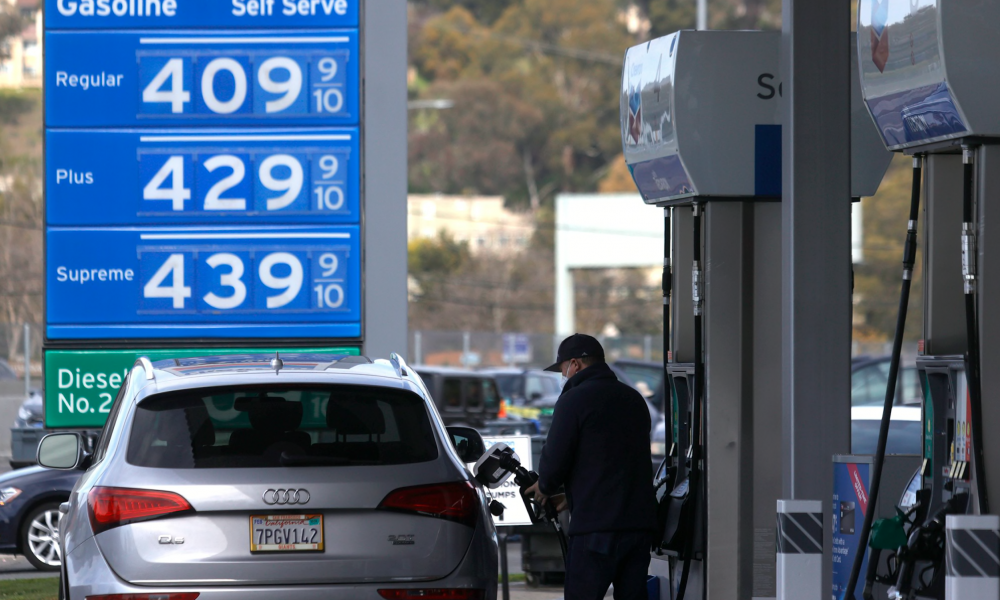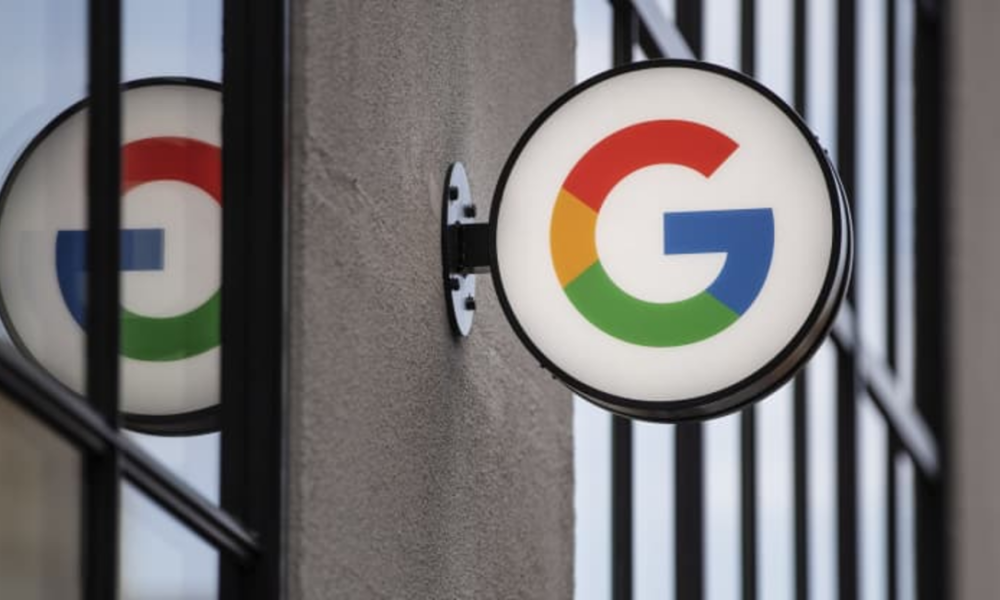For the second month in a row, consumer prices are increasing at historically significant rates following a spike in demand with shortages on the supply side.
What We Know:
- In May 2021, inflation reached 5 percent, a level that erodes consumer purchasing power. With a short supply of products, everything from chicken wings to lumber, there is a higher demand than supply for products, which leads to inflated price levels. Consumers are forced to pay the higher prices set by companies for the same products.
- During the pandemic, manufacturers cut production. The end of the pandemic means people are once again traveling, shopping for clothes, dining out, and driving to work. Manufacturers are now struggling to keep up.
- Grocery stores saw a spike in prices during the initial March 2020 lockdown and have not gone back down to pre-pandemic levels since. Compared to last year, the food price index is up 2.2 percent. “Across a wide basket of the most popular 5,000 items, shoppers are paying +0.4 pts more for groceries in May of 2021 vs May of 2020,” said Phil Tedesco, vice president of retail intelligence analytics at NielsenIQ.

Graphic: Robin Muccari / NBC News. Changes in grocery costs for the US.
- The White House came out and addressed the inflation issue, considering the price hikes temporary. The Federal Reserve additionally addressed inflation, permitting the 5% inflation rate to help the US reach full employment. The Federal Reserve also signaled that ending some bond purchases will help tighten the monetary supply. The chief economist of Deutsche Bank, David Folkerts-Landau, however, expressed concern. “While it is admirable that this patience is due to the fact that the Fed’s priorities are shifting towards social goals, neglecting inflation leaves global economies sitting on a time bomb,” warning of a potential recession.
The White House, Federal Reserve, and economists have different approaches to the issue. That said, for the time being, consumers can expect to see higher prices and fewer goods.




One thought on “Consumer Prices Increasing at Quickest Rate Since 2008”